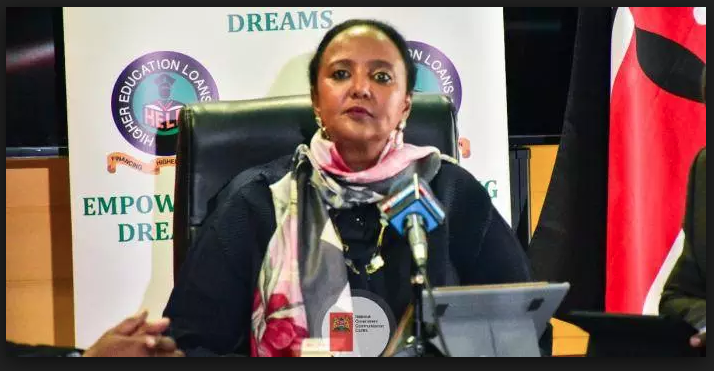Political pundits say politics is a game about numbers, and in Kenya, politicians seem to promise just about anything under the skies to get as many numbers as possible on their side. Before the 2013 general election, the current ruling political party in Kenya made promises to voters across the nation to facilitate ICT training across schools in the country starting from Class One.
That promise did not quite materialize in their first term in office which ended on August 8th, 2018, when the next general election was held. Though the did lay the foundation of the deployment of the laptops to schools in 2016; three years into their term in office.
A report published by the Business Daily says some 2,164 public primary schools are yet to get the promised laptops. That is two years later after the launch of the Digital Literacy Plan by the government.
According to the Education Cabinet Secretary (CS) Amina Mohamed, the rollout of the laptops across public schools has faced several challenges including the fact that teachers are not embracing the use of technology in classrooms.
CS Mohamed was addressing a House Committee on Education when she said that out of the 21,731 public schools, only 19,565 had already received the tablets. Note, in their campaign promises in the run-up to the 2013 general election, the ruling party promised laptops, but the devices being deployed in the Digital Literacy Plan are actually tablets.
“Jomo Kenyatta University of Agriculture and Technology has installed devices at 7,256 schools while Moi University has reached 12,309. Overall, 1,067,745 digital devices have been installed,” said CS Mohamed.
Reports indicated that a number of counties like Homa Bay has the highest number of public primary schools that have not received the said tablets. The number of schools that haven’t received the tables is 278, followed by Siaya at 176, West Pokot at 167, and Migori at 165. However, all public school across Elgeyo-Marakwet have all received the tablets.
Though debatable, one might argue tablets are designed more for the consumption of digital content such as learning material, and going online to do some research. However, for the production of digital content and gaining the technical skills to produce those content, a conventional computer with at least a keyboard will go a long way.
As things work out, table facilitate digital learning, while conventional laptop (with keyboard and trackpad/mouse) facilitate both digital learning in addition to enabling the learners to learn fast how to produce the digital material. Not just consume what has already been produced. Though that remains debatable.
It is interesting to note that some of the schools that have received the tablets, the devices are not being used in the classroom due to computer illiteracy among the teachers. Never mind the fact that over KSh. 30 billion was used in the purchase of the devices. And 2018 marks the last year for the full implementation of the laptop (now tablet) plan, a key campaign pledge for the current government elected into office in 2013.



